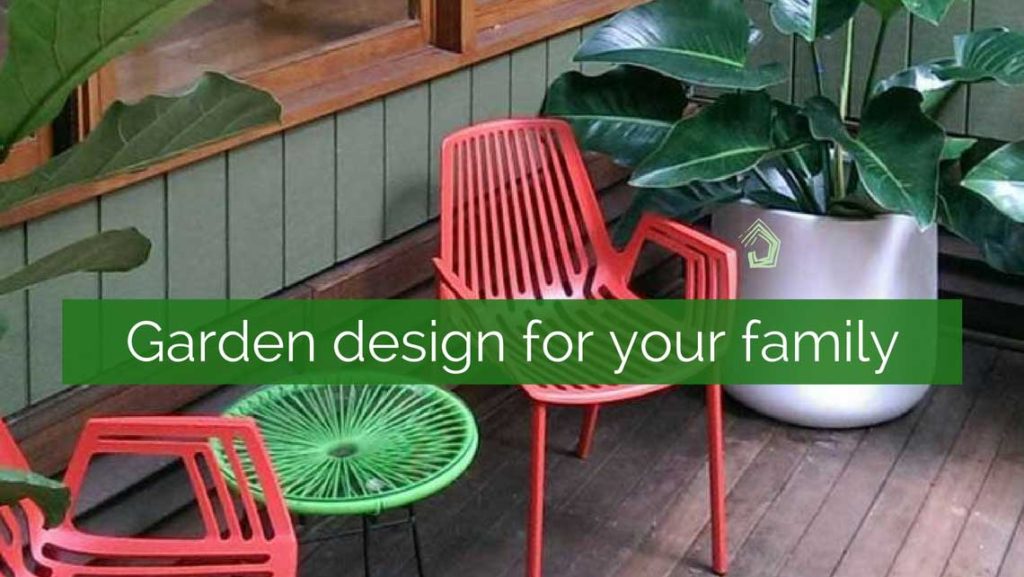
A little while back, I was contacted by Naomi Wynn of Balance Garden Design. She’s a Brisbane-based horticulturalist and garden designer. And not only will she design your garden, she’ll install it as well!
I’m often asked by homeowners how and when landscape design should be arranged, and how to create gardens that will be low-maintenance and family friendly. You ask those things of your homes – so it stands to reason, you’ll want them from your gardens too!
So I asked Naomi to answer some of your questions. In this blog, Naomi offers some advice about just how to tackle landscape design to save time and money, and create that ‘un-killable’ garden. I am SO not a green thumb – so I am all ears!
Tell us a bit about Balance Garden Design, and how it came into being?
When I left school I went to uni to studied graphic design and that was my career for over 15 years. But I’ve always loved to garden so I decided to study a diploma of horticulture just for my own personal interest. I never intended for it to become my career. But the more I studied the more I saw how I could use my design skills and my passion for gardens to create outdoor spaces that people loved to relax in and enjoy.
Friends were always asking for my advice and help on the weekends so I knew I could do it. After a chat with my husband I decided to quit my job and work for myself. It was that simple. I love to garden and I love to design, and now I get to do both every day!
What do you love about landscape design?
As a graphic designer I worked mainly in print media for newspapers. It’s two dimensional and has a short life span. You work hard and rush to meet a deadline and once it’s printed, it’s read, then all your hard work ends up in the bin.
Garden design has longevity. I create spaces you can walk around in and I can use plants and hard materials to create feelings and atmosphere. I can pour the same amount of passion and time into a design and have it not only last a lifetime but change how people live their lives. Enhance how they interact with their families and raise their children. That is a nice impact to have.
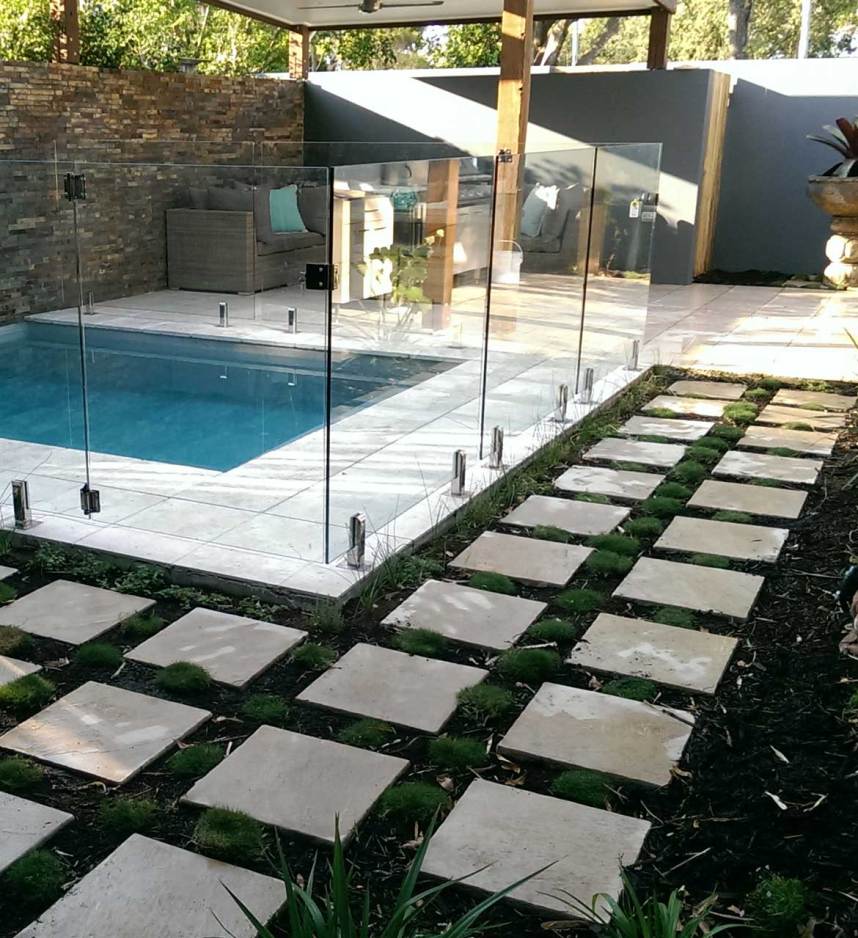
[Image Source – Balance Garden Design]
If we’re building or renovating, when should we get a landscape designer in, or get input on our landscape design – and why?
The best time to start designing your garden is at the beginning.
When we build, we look at the insides with lots of detail, and the outside can be a bit of an afterthought.
I like to get involved once the building plans have been sorted and before any site work has been done. Very rarely will the building plans change, but how you manage trades, how you treat the soil, and how you manage existing trees and gardens can save you a lot of time and money.
Trees require some care especially if they are well established and in the way of any building works. As do existing gardens. Soils run the risk of becoming compacted or contaminate and this can cause lots of problems later on. So being aware of that is helpful.
Utilising bob cats, electricians, plumbers, brick layers and carpenters while they are on site can save you money. Having a plan in place also allows you to use your trades to the best advantage.
I’ve had meeting with clients before they have started works and in once case the pool was moved from one side of the yard to the other, because it meant they could keep established trees that would give them privacy. In another case retaining walls were moved back just a small amount but it allowed better access. And a simple question of “did you consider water tanks?” sparked the client to install one on the side of the house that was going to be the veggie patch.
A fresh set of eyes can be very helpful.
[Image Source – Balance Garden Design]
What would be your main tips for creating family friendly, easy to maintain, un-killable gardens?
Tip #1 Families change and grow all the time.
What you need when the kids are little will be different to when they are teenagers, so make sure your garden can change and adapt as well. They’re not always going to want a sandpit, and the fire pit won’t always be a dangerous hazard. But the space you set aside for a sandpit could later become a fire pit later on.
Keep areas that are open with room for trampolines or soccer goals, sandpits or swings. These are important to create a feeling of space. And create areas that are outdoor extensions of your indoor spaces, where you can sit, eat and entertain. These reflect our lifestyle and always add value to your property.
Tip #2 Be realistic about the amount of maintenance you are willing to do in your garden.
The most common request I get is… ‘It needs to be low maintenance!’ And I get that, because as much as I love gardening, I don’t want to spend every weekend looking after my own.
Often we start with good intentions but over time it can become overwhelming and the garden suffers. You can always have the style of garden you want, like tropical or cottage or formal, but with plants that suit your time limits. Being realistic at the start will allow you to select the right plants.
Tip #3 Soil preparation is vital to a good garden.
It’s not the most glamorous task and it can very hard work, but getting it right will save you endless amounts of time and money in the long run. I see more problems as a result of poor soils than anything else.
Before you plant you need to make sure you have good drainage and your soils aren’t compacted. If you are planning grass, you need at least 100mm of good top soil. For a garden you need to add good compost and nutrients. Doing this will open up the possibilities of what you can grow.
Tip #4 You need to pick plants that will do well with what you have rather than trying to make what you want grow in unsuitable conditions.
There is only so much you can do with some soils. I once had a client who wanted a tropical garden on the side of a hill that had very little top soil and lots of basalt rock. He also travels 10 months of the year. I had to tell him it wasn’t possible and he needed to go with natives instead. Sometimes being sustainable is better than only being beautiful.
[Image Source – Balance Garden Design]
Do you have any recommended resources that can help homeowners?
There is a host of online sites like Houzz and Pinterest where you can get great ideas for gardens and landscape designs. You just need to be mindful that the plants you see might not always be Australian based or suit your situation.
Your local nursery will be a great source of plant advice and even taking a walk around your neighbourhood to seeing what grows well in other peoples gardens.
There are always new landscaping materials coming on the market and your local landscape supplier is great for hard scaping inspiration like edging and paving.
But the best designs are those that are suited to you and your garden, so all ways get onsite advice. That way you will be sure that the whole garden design is being taken into consideration.
Where can people find you – and where do you mainly work?
I’m based in and work mainly in Brisbane (see below for links of where to find Naomi).
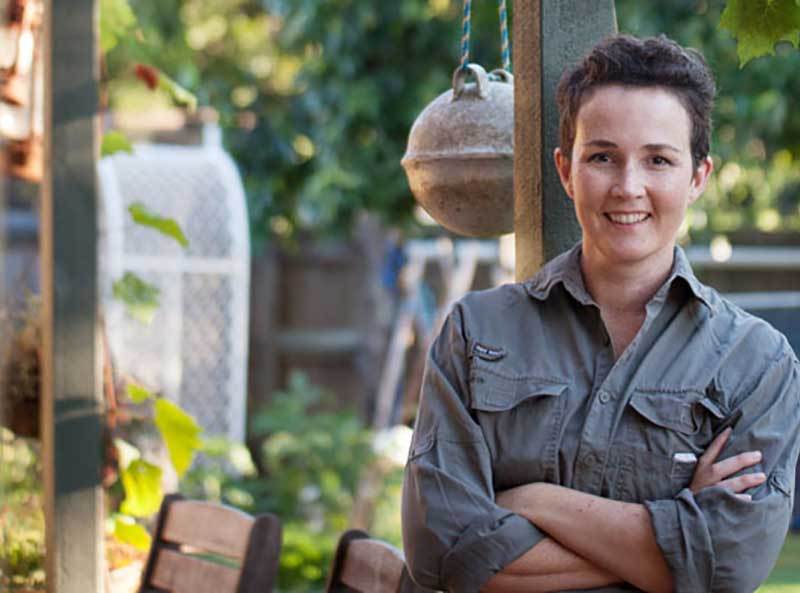
Naomi Wynn, of Balance Garden Design
Thanks so much Naomi for some great tips and ideas about how early advice can really assist your overall landscape design.
Naomi Wynn can be found here on her website at Balance Garden Design, or on Facebook or on Instagram
She also has a business called Repeat Harvest, which helps you learn via online workshops how to grow your own food simply and easily, in any size garden. I’ve asked her to share more about that on an upcoming blog so stay posted!
Other blogs you may find useful …
How to get it right in your landscape design – another landscape designer, Alastair MacGregor gives us some great tips.
Have you thought of an outdoor fireplace to improve your entertaining areas when it’s cooler? Here’s some inspiration.
It’s one of the most popular blogs on UA – 10 things to make your alfresco or outdoor area great.
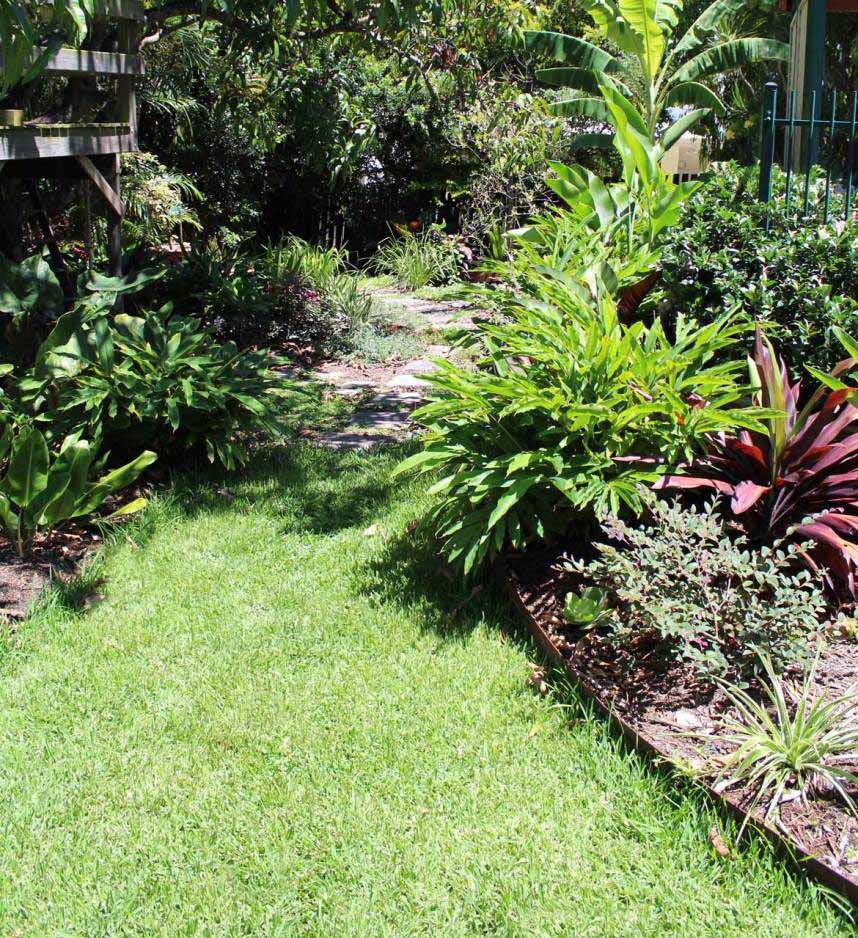
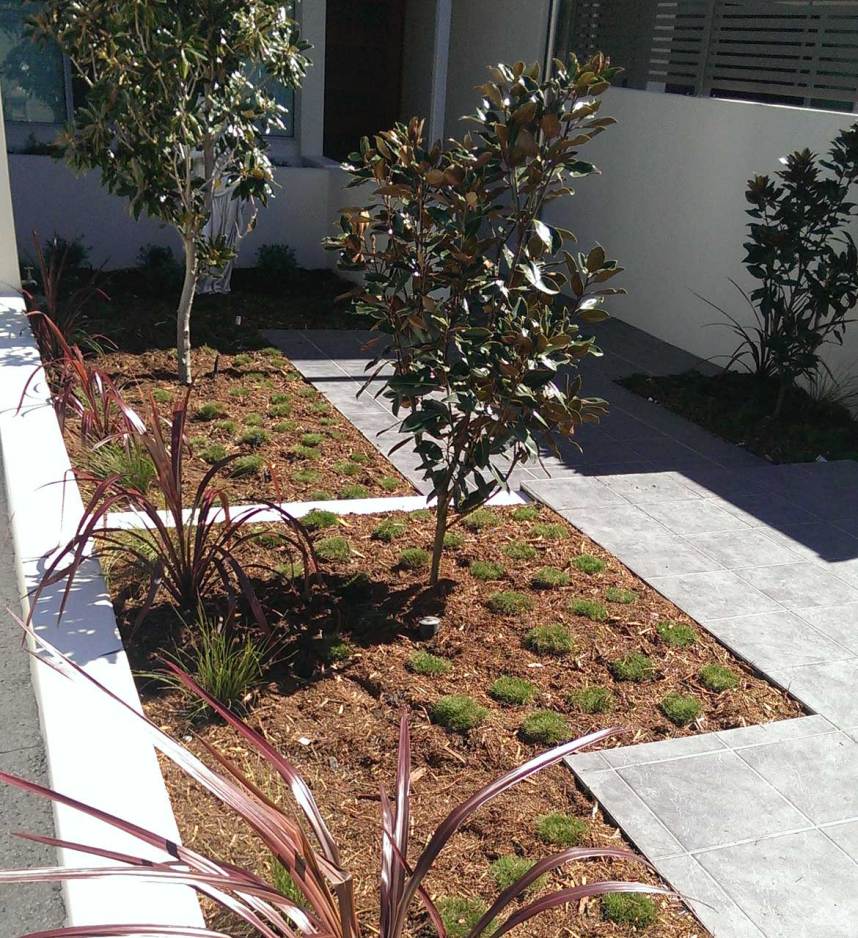
 With over 30 years industry experience, Amelia Lee founded Undercover Architect in 2014 as an award-winning online resource to help and teach you how to get it right when designing, building or renovating your home. You are the key to unlocking what’s possible for your home. Undercover Architect is your secret ally
With over 30 years industry experience, Amelia Lee founded Undercover Architect in 2014 as an award-winning online resource to help and teach you how to get it right when designing, building or renovating your home. You are the key to unlocking what’s possible for your home. Undercover Architect is your secret ally
The outlook, access & friendliness of the space, view & most importantly micro-climate are integral to the design of the home. With a site in front of me I see the house & garden before I put pencil to paper. View, trees or existing garden, features are all THERE to be taken advantage of (or hidden) Use these & the house will settle into its place very quickly.